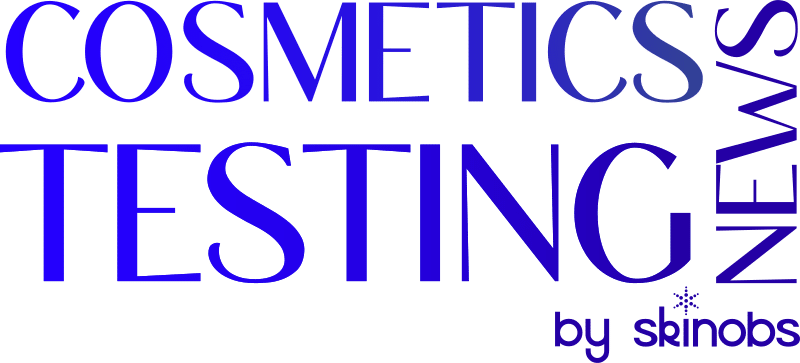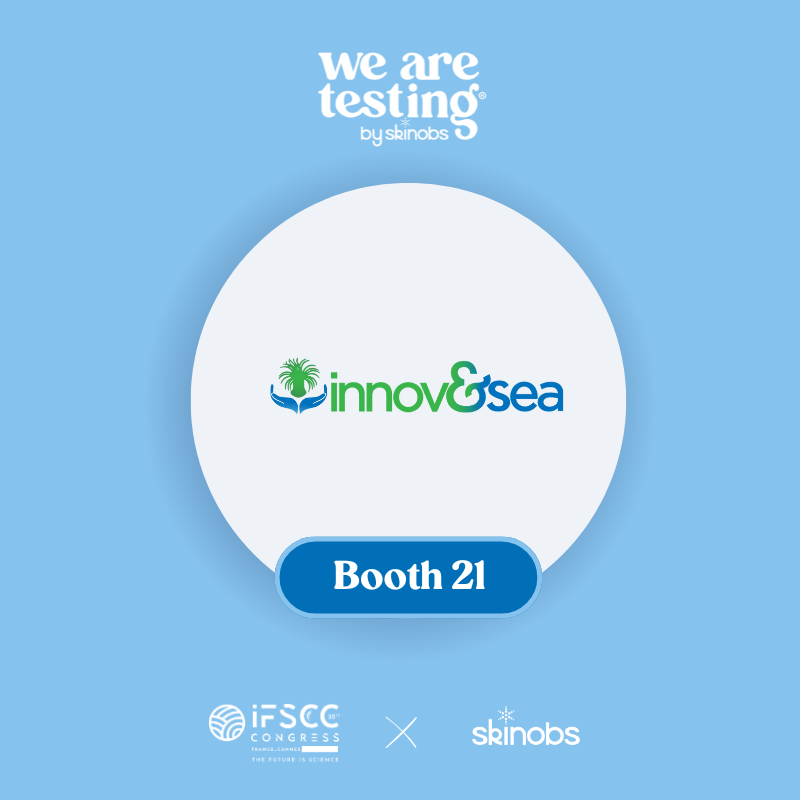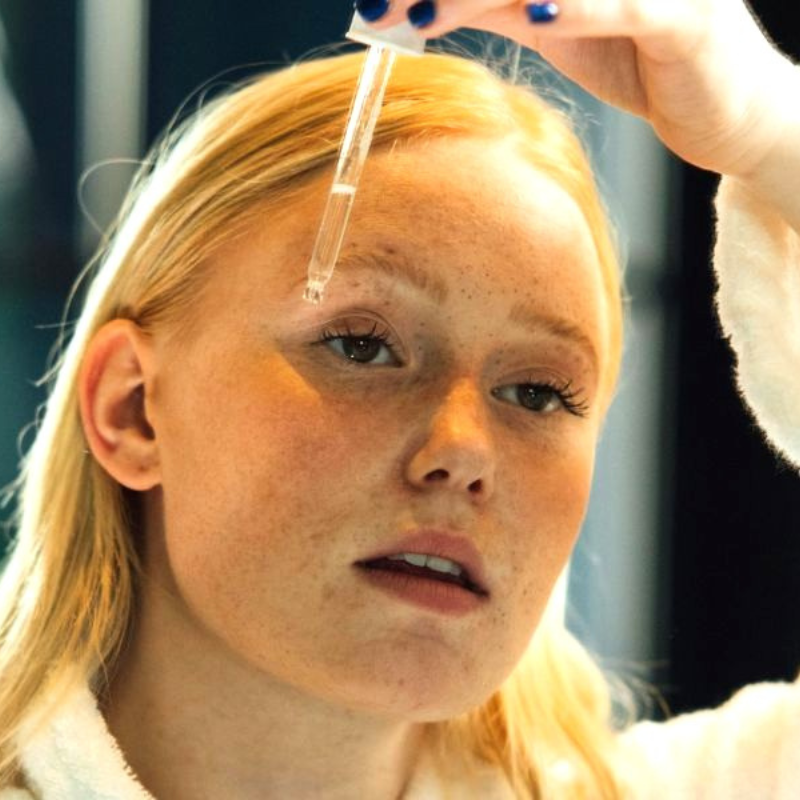Consumers, concerned about ocean pollution and the decline of marine biodiversity, are increasingly taking
environmental impact into account in their purchasing decisions. As a result, demand for eco-designed sunscreen
products that pose no risk to human health and the marine ecosystem continues to grow. In addition, regulatory
authorities are tightening environmental claims on cosmetic products to protect consumers from misinformation andto prevent greenwashing.
In this context, the INNOV&SEA laboratory launched an innovative ecotoxicity test in 2023 to help cosmetic
companies optimize the formulation of their sunscreen products and thus market products that are less harmful to
the marine environment.
The marine ecotoxicity test relies on an in-vitro technology based on cell cultures of a marine invertebrate, the seaanemone, Anemonia viridis, a recognized indicator organism of coastal marine ecosystems. These marine
ecosystems are the richest in biodiversity, but also the most vulnerable as they are most exposed to anthropogenic
pressures. A. viridis, a symbiotic Cnidarian related to corals, lives in symbiosis with microalgae and is subject to the
same bleaching phenomenon as reef-building corals. It is a relevant model for assessing the health of the reef
ecosystem.

Cell culture has enabled considerable advances in many areas of the life sciences. As a simplified biological model,
it allows robust and relevant tests to be performed under controlled conditions, without inter-individual variability.
The primary cells are isolated from the tentacles of A. viridis. Among its remarkable features, the sea anemone has
an extreme regenerative capacity, which makes it possible to collect tissues (and therefore cells) without
compromising the survival of the animal.

Today, INNOV&SEA routinely cultivates not only animal cells isolated from A. viridis, but also several strains of its
symbiotic microalgae, to study the two partners of the Cnidarian-Dinoflagellate symbiosis at the cellular level.
INNOV&SEA thus offers the possibility of carrying out the test either on the animal, or on its symbiotic microalgae,
or on the two partners of the symbiosis, thus providing an overview of the impact of the product at two different
trophic levels:
- an animal predator
- a photosynthetic organism.
The testing protocol is divided into two phases.
- The first phase consists of a treatment in which the cultured cells are brought into contact with the product to be tested to determine its direct impact on the vital parameters of the cells, viability and growth.
- Then, in a second phase, the resilience capacity is measured by reseeding the treated
cells in a standard culture medium. All the data obtained are used to calculate an ECOSCORE, which illustrates
the environmental impact of the product tested.

To calculate the ECOSCORE, INNOV&SEA uses the Estimated Maximum Concentration (EMC) (Danovaro et al.
2008) to ensure a response that allows comparison of the finished products tested. The method is also often used
to establish the dose-response curve of cosmetic ingredients such as UV filters and to determine the EC50. The test
can therefore be used at all stages of formulation, from the selection of cosmetic ingredients to the finished products,
including intermediate stages. The test performed on all types of formulations has proven its effectiveness on a
wide range of sunscreen products, revealing impacts ranging from mild to irreversible.
Until now, if a brand wanted to test the ecotoxicity of its formula in a marine environment, it had to carry out tests
on living marine organisms such as coral nubbins, crustaceans, juvenile fish, etc. One of the main problems with
these tests is generally their low reproducibility; they are also cumbersome to perform and are often perceived
negatively by consumers because these result in the destruction of living organisms.
The INNOV&SEA in-vitro test is an innovative method that allows the use of the animal model to be replaced by an
ecoresponsible alternative. In fact, this method doesn’t use any living animal, including farmed animals. This in-vitro technology is fully in line with the UN Sustainable Development Goals for the protection and conservation of theOceans (SDG14) and the “3Rs” principle: Replace, Reduce, Refine.
In addition, in-vitro technology provides access to a more precise scale of response to a pollutant, while offering
numerous advantages in terms of reproducibility, speed with a response time of less than 20 days and availabilitythroughout the year.
Working in partnership with customers across the cosmetics industry, INNOV&SEA is helping companies tackle the
priority issue of marine pollution and make their business more sustainable.

CONTACT
INNOV&SEA CEO
Pauline COTINAT, PhD
27 rue Professeur Delvalle
06000 Nice, France
pauline@innovandsea.com
https://innovandsea.com
Publi-redactionnel






